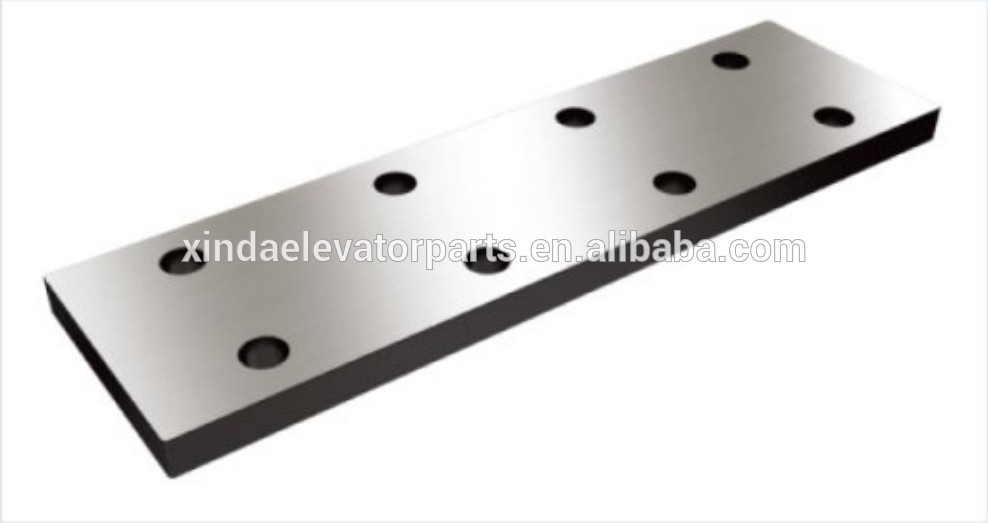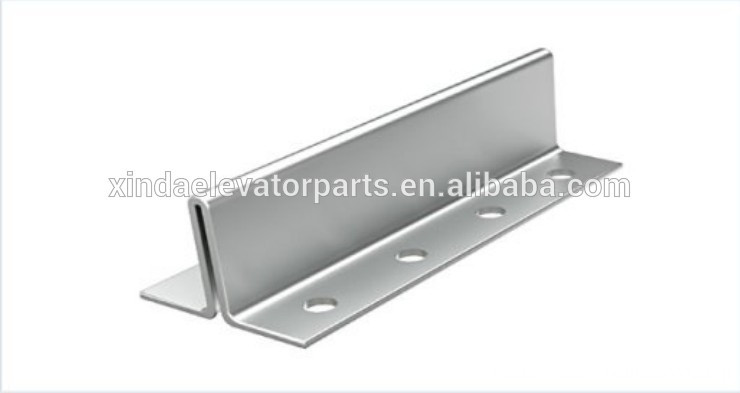Starting from October 1 this year, China will ban the import and sale of incandescent lamps for general lighting of 60 watts and above. The elimination of incandescent lamps has entered the countdown, and the incandescent lamps have withdrawn from the blank market. Whether it is for energy-saving lamps or LED lamps, it is an unprecedented opportunity. How to quickly become a leader in this industry revolution and become a leading brand of brands. The manufacturer's production and research capabilities are also a big competition for marketing wisdom.
Have enough financial reserves to meet the market. We are skeptical about the explosive growth of LED lighting. First of all, consumers will not specifically throw incandescent lights to buy LED lights. They only buy LED lights when the incandescent lamp is broken and a new lamp is needed to replace it. Since the price of LED lights is 10 times that of incandescent lamps, active purchase is even harder.
China's lighting industry has clearly invested a lot of money in preparing for the sales boom of LED lights. But the effect will not be revealed in the short term. Most consumers usually have the remaining incandescent lamps and will not spend a lot of money to buy LED lights. This is the case in the United States. Even if consumers agree that this is a good thing in the long run, they have not thrown away the excess incandescent lamps in their homes and replaced them with LED lights or energy-saving lamps.
Of course, after a long time, consumers will gradually replace incandescent lamps with LED lights or energy-saving lamps. After all, this can save a lot of energy. An LED lamp consumes only 1/6th the power of an equivalent incandescent lamp and has a lifetime that is 40 times that of the latter.
If you calculate the other costs of the lamp, an LED bulb can save US consumers $10 to $25 a year in electricity bills compared to equivalent incandescent bulbs. But have everyone swarmed and replaced the incandescent lamp? This has not happened in the United States, and we believe that Chinese consumers will not do this.
If we operate an LED company in China, our first consideration is to ensure that we have sufficient financial reserves to wait for the market to develop. It would be a mistake to invest a lot of marketing costs too early, and it is best to wait for the market to develop.
Focusing on a certain market segment is better than comprehensive coverage. This is true in almost every product category. But there is another consideration in lighting products. As more and more companies try to enter the LED field, distribution will be a big problem. We believe that early LED sales will not be large, and no retailers will be willing to reserve more than two brands of products.
Therefore, for an LED company, focusing on a particular market segment may be a better direction. For example, specializing in a hypermarket may be a viable direction. Or for hardware stores, or for home decoration stores.
If the company does not have the resources to launch a large marketing campaign, another possible approach might be to produce its own brand of LED lighting products for a mainstream distribution channel. Although its product price has to be lower than other mainstream manufacturers, the LED lamp itself is more expensive than other products, and the lower price of similar products will still appeal to many consumers.
Of course, the choice of different strategies also needs to consider the industry status and strength of the company. Often, only strong industry leaders will use acquisitions to block competitors while maintaining their dominant position. But this strategy does not seem to apply in the current LED industry: the absolute leader has not yet appeared, and there are too many companies and brands to enter.
Opportunities for energy-saving lamps are in the middle and downstream of the industrial chain. This is determined by the retail price of energy-saving lamps. For example, in the United States, the price of energy-saving lamps is comparable to the price of LED lights, but the electricity savings are not as good as LED lights. It now seems that the energy-saving lamp seems to be a transitional product between yesterday and today. In the past, there were many such products.
Faxing is a transition between mail and email.
Polaroid is a transition between film photography and digital photography.
BlackBerry is a transition between traditional mobile phones and smartphones.
Hybrid vehicles are a transitional product between gasoline and electric vehicles.
Therefore, traditional energy-saving lamps companies must grasp the trend of LED or other new categories. From the establishment of a brand, it is not easy for most traditional energy-saving lamps companies to find opportunities in the upstream: LED upstream products and other products belong to the B2B market, which has a strong monopoly and is also very different from the previous business model.
As a result, product innovation in the midstream and innovation in downstream channels and markets will have more opportunities.
The development of more differentiated products is the key to capturing the LED category. The new category should be enabled. If a category itself is not a new category, the significance of launching a new brand will be greatly reduced. When will the new brand be activated? Unless there are already LED lamp manufacturers that have developed products with strong differences, it is too late to build a strong LED brand. LED has long been a new concept.
Strong brands are usually built by taking the lead in a new category. It is about the initial public relations of this new category (and the association of this brand with the new category) to help build the brand. LED's promotion in today is not associated with any LED brand on the market, which means that no independent brand can preempt this category.
But that doesn't mean it's impossible to build a strong LED brand. But the company's focus must be on developing products that are newer and more differentiated than competitors. It's like Apple did when it launched a touchscreen smartphone. There used to be a lot of smartphones on the market, but Apple's iPhone was the first touch-screen phone.
For example, Samsung claims that Quantum Technology (QLED) is superior to LED. According to the company, QLED displays have lower production costs, but performance is better than LEDs, and power consumption is 1/5-1/10 of LCDs. Still to be seen, but this is the technological development that can build a strong brand. At this time, companies should start a new brand name for this new development.
Building a brand through innovation is still the right way for post-launching companies. Globally, the lighting industry has not produced many leading brands.
Edison invented the light bulb in 1879 and he was also one of the founders of General Electric.
Two of the world's leading brands, one is Philips (founded in 1891) and the other is General Electric (founded in 1892).
In the United States, General Electric, as well as Philips and Sylvania (now owned by Siemens) have dominated the lighting industry for many years. In Europe, Philips has been a market leader for decades.
If you take history as a guide, no relatively new company will stand out as a market leader. why? Because consumers don't seem to care much about the brand of the lamp when they buy the lamp, they will buy it if they can recognize the brand and the price is right.
From the perspective of the Chinese market, there are still some opportunities. Today, the leading brand in the Chinese market is NVC. NVC is not the earliest lighting company. The initial development is not based on leading technologies and products, but on innovation through innovation channels. NVC is the earliest introduction of brand monopoly concept among domestic lighting companies. The innovation of channels makes NVC stand out from many lighting brands. For other lighting companies, it is still worth learning. Building brands through innovation (products and channels) is still the right way for late-lighting companies.
product
- T series Machined Guide Rail for elevator spare part
- T series Cold Drawn Guide Rail for elevator spare part
- TK series Hollow Guide Rail for elevator spare part
- Fish plate for Guide Rail for elevator spare part
- Hollow Fishplate for Hollow Guide Rail for elevator spare part
Specifications
- High level accuracy
- Long life & stable
- Factory made


Guide Rail
Elevator Machined Guide Rail, Elevator Hollow Guide Rail, Elevator Fish Plate for Guide Rail, Elevator Cold Drawn Guide Rail
Ningbo Xinda Elevator Traction Technology Co., Ltd. , http://www.xinda-elevator.com